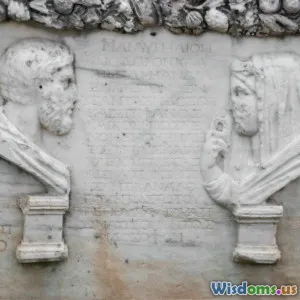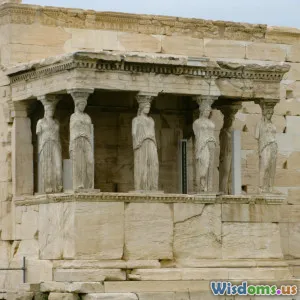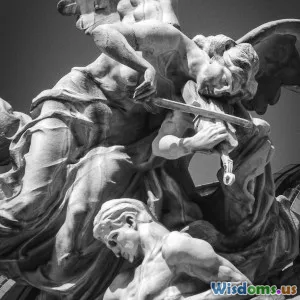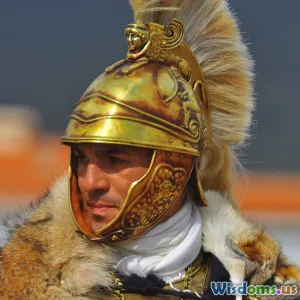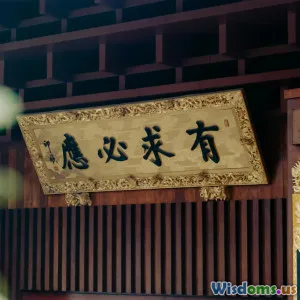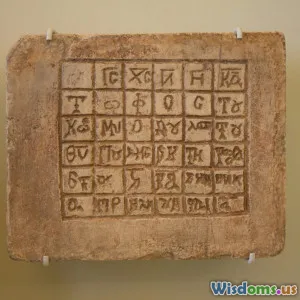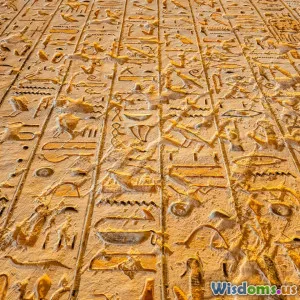
Step by Step Guide to Decoding Hieroglyphs in Luxor's Ancient Murals
7 min read Unlock the secrets of Luxor's ancient murals with our step-by-step guide to decoding hieroglyphs. (0 Reviews)
Step by Step Guide to Decoding Hieroglyphs in Luxor's Ancient Murals
Introduction
Stepping into the grand temples of Luxor is like traveling through time, peering into a world where walls tell stories that have lasted over three millennia. These ancient murals, adorned with intricate hieroglyphs, are more than mere decoration; they are the voice of a civilization that shaped human history. Decoding these symbols offers a doorway to understanding not only ancient Egyptian language and culture but also their beliefs, political history, and daily life. But how does one unravel these cryptic carvings? This guide takes you step by step through the fascinating process of interpreting hieroglyphs found in Luxor’s murals, shining light on a language that once seemed impenetrable.
Understanding the Context: Why Hieroglyphs Matter in Luxor
Luxor, often called the “world’s greatest open-air museum,” is home to the Luxor Temple and Karnak Temple—the latter being the largest religious building ever constructed. The murals here depict rituals, royal decrees, and mythology in hieroglyphic script. Understanding the context is essential before diving into the decoding process.
- Historical Significance: Hieroglyphs served as sacred inscriptions controlled by priests and scribes. They preserved divine knowledge, royal lineage, and cosmic order.
- Artistic Medium: Colors and positioning in murals accentuated meanings; symbols combined phonetics with ideographic and determinative clues.
Step 1: Familiarize Yourself with Hieroglyphic Basics
Hieroglyphs combine three forms of signs:
- Phonograms: Signs representing sounds (like an alphabet).
- Logograms: Signs representing entire words.
- Determinatives: Non-pronounced signs clarifying meaning (e.g., gods, actions, places).
Take, for example, the hieroglyph 𓆣 (a cobra glyph). It can represent the sound "dj" or, combined with others, the concept of royalty or protection. Understanding this helps in piecing together sentences.
The basic reading direction can be left-to-right or right-to-left, determined by the orientation of glyph figures, such as people or animals facing.
Step 2: Identify Individual Glyphs and Their Symbols
Refer to a reliable hieroglyphic dictionary. One of the most comprehensive is Sir Alan Gardiner's Egyptian Grammar, split into categories like:
- Man and his occupations
- Mammals
- Birds
- Parts of the body
- Musical instruments
This thematic breakdown aids recognition. For instance, in Luxor’s murals, gods like Amun-Ra are represented by specific feather and sun disk hieroglyphs.
Look for repeating glyphs to identify proper nouns such as royal names. In Luxor, sacred cartouches (oval shapes enclosing names) indicate pharaohs. Decoding a cartouche uncovers the ruler’s identity and historical context.
Step 3: Analyze the Grammar and Sentence Structure
Ancient Egyptian grammar, though complex, has patterns:
- Verb-subject-object (VSO) structure: Using verbs to open sentences, followed by subjects and objects.
- Use of suffix pronouns and prefixes alters meaning.
For beginners, focusing on common phrases found in Luxor murals helps, such as praises to Amun:
- Ntr Imn Rꜥ (God Amun Ra)
- Htp di nsw (“an offering given by the king”)
Decipher verbs like Htp (offering), often distinguished by determinatives indicating actions.
Step 4: Apply Knowledge to Real Luxor Murals
Consider the famous scene of Pharaoh Ramesses II making offerings to Amun in Luxor Temple. Analyzing the mural:
- The cartouche with Ramesses’ name appears surrounded by symbols like the sedge and bee, denoting kingship.
- Hieroglyphs show the offering list, including items like bread (𓏲), beer (𓎛), and incense (𓍼).
- Determinatives confirm the types of offerings and their sacred quality.
Using these clues, the transcription reads essentially as “The mighty King Ramesses offers precious gifts to the great god Amun.”
Step 5: Confirm Interpretation via Cross-Referencing
Cross-check your reading with extant translations and Egyptological resources:
- Resources such as the Theban Mapping Project include detailed studies of Luxor's inscriptions.
- Academic works by Jan Assmann and Richard Parkinson provide cultural and linguistic insights.
This validation ensures accuracy and can reveal nuanced cultural meanings behind the words.
Common Pitfalls and Tips
- Avoid Literal Translations: Many words have symbolic meaning beyond their literal sense.
- Context Is Key: Understand the mural’s religious or political context to grasp meaning fully.
- Practice on Simple Inscriptions First: Funerary texts or short offerings are less complex than historical narratives.
The Living Legacy of Luxor’s Hieroglyphs
Decoding these symbols isn’t just academic; it reconnects us with human stories frozen in stone. Each glyph recovered adds to our understanding of ancient spirituality, governance, and artistry.
Conclusion
Mastering the art of decoding hieroglyphs in Luxor’s ancient murals is an enriching journey through Egypt’s cultural heritage. By grasping the basics of symbol classification, understanding grammar patterns, analyzing real-world examples, and validating through trusted resources, the once-enigmatic script becomes a readable narrative. These murals no longer just depict stories; they speak to modern observers, inviting us to appreciate the intellectual sophistication of one of history’s greatest civilizations. Whether you are a history enthusiast, linguist, or curious traveler, unlocking hieroglyphs opens a profound dialogue across millennia—a testament to the enduring power of the written word.
Rate the Post
User Reviews
Popular Posts










